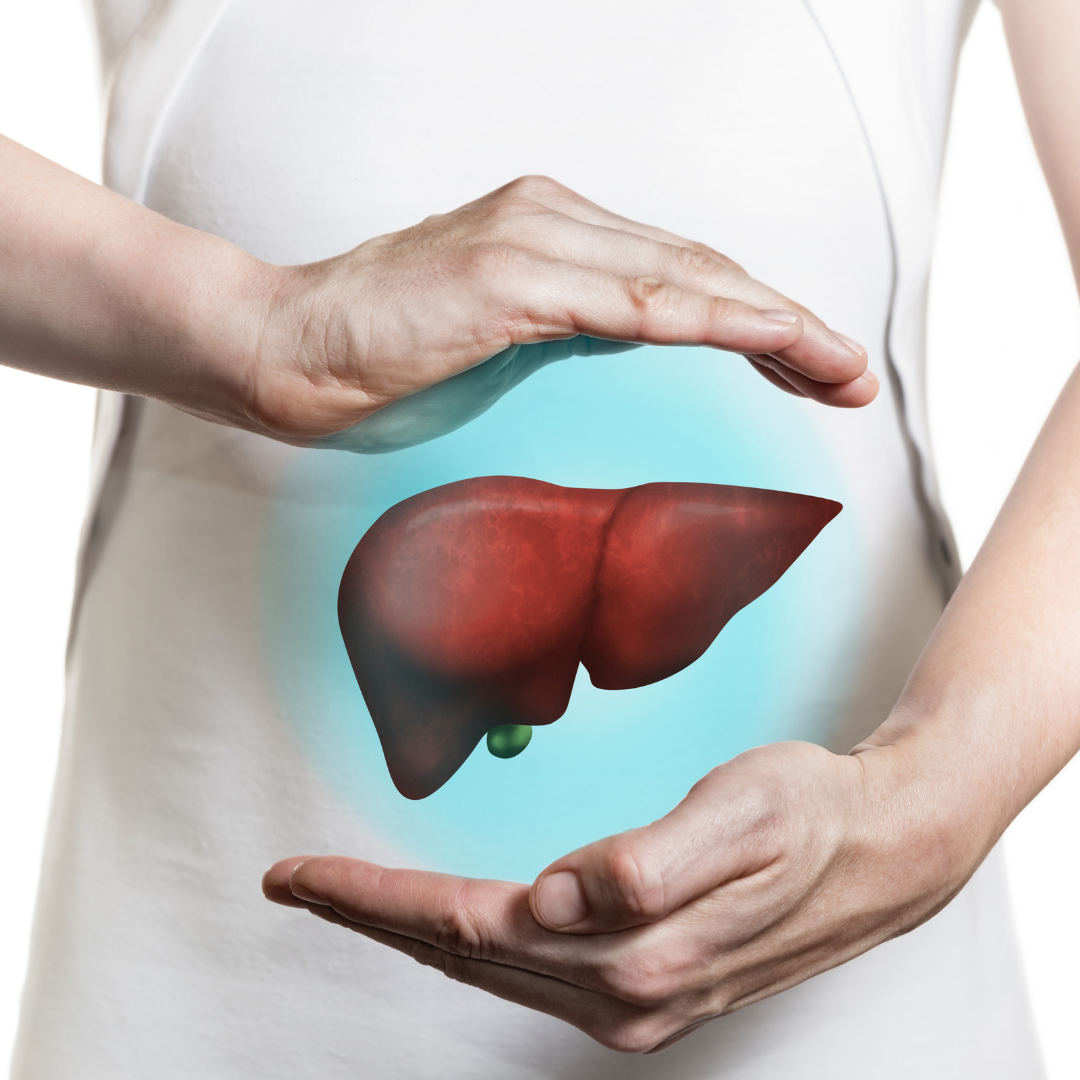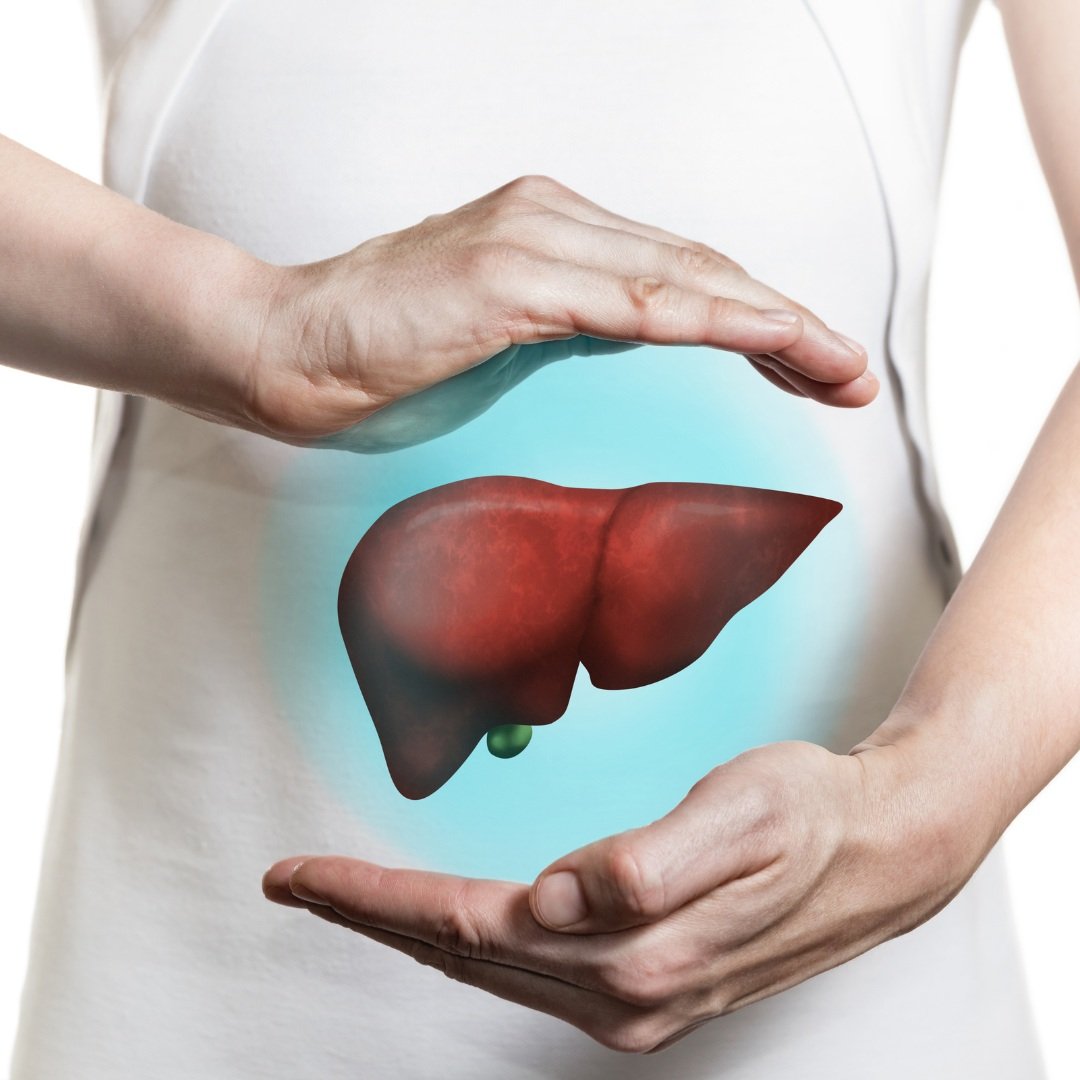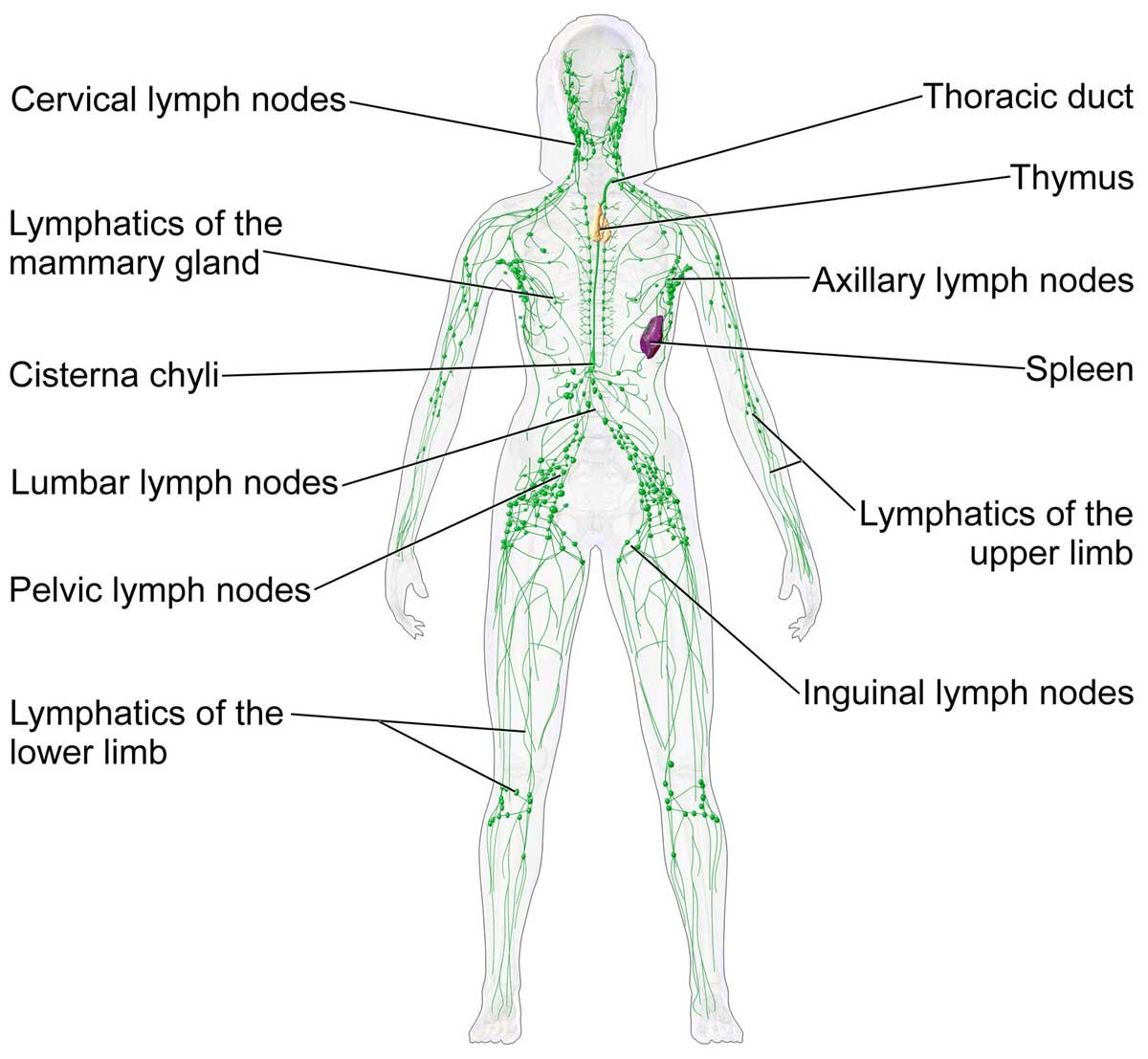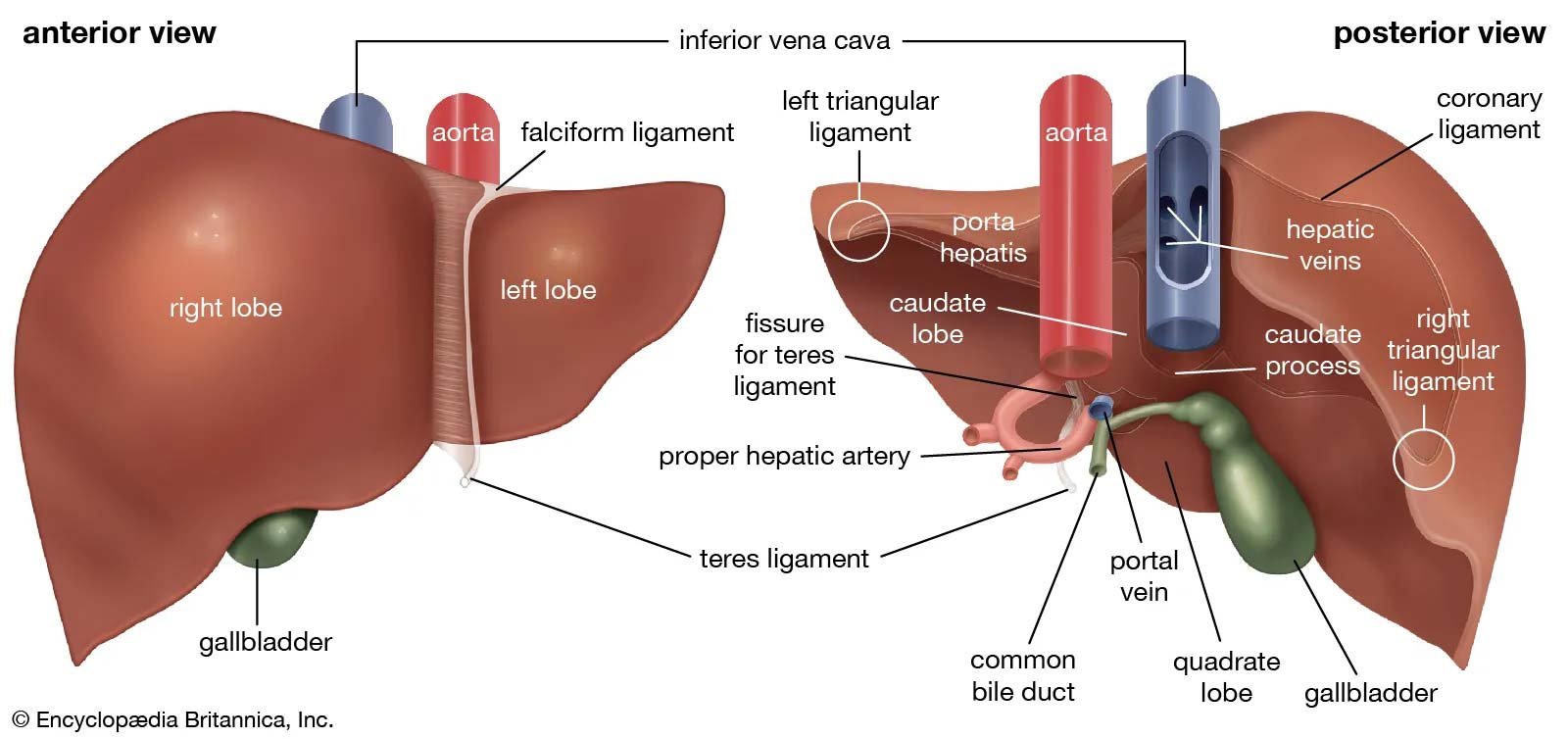Are you on a weight loss roller coaster? Yo-yo attempts at weight (fat) loss might be rooted in more than your amount …
Are you on a weight loss roller coaster? You seem to do great for a short period of time, have a set back, and then have to start all over again? Yo-yo attempts at weight (fat) loss might be rooted in more than your amount of will power or discipline.
If your liver isn’t working well, losing fat can burden your entire body.
As if staying disciplined wasn’t hard enough, dealing with a dysfunctional or poorly operating liver adds more strain to your efforts. Supporting your liver prior to starting any weight loss program needs to be your priority. Even if you only want to shed a few pounds of excess fat, preparing your body to eliminate the waste produced during that process will make that transition to a leaner you go more smoothly.
Before you get concerned, this does not involve a juice cleanse or some type of colon cleanse for the prep phase. The liver needs the right enzymes, hydration levels, and other substances (vitamins, minerals, etc) to support the liver while it does its job.
When imagining an unhealthy liver, do you think about someone who drinks too much and is at risk for cirrhosis? Alcohol is not the only substance that can cause problems. Increased rates of Non-Alcoholic Fatty Liver Disease (NAFLD) are on the rise primarily because of increasing refined sugar consumption rates. The good new is NAFLD is reversible if caught early enough. When is it undetected or ignored, high levels of fat in your liver may lead to kidney disease, diabetes, and high blood pressure.
Liver 101
Your liver is continuously processing everything in your body – from the food you eat, the pollution in the air, the products you put on your body, used up hormones (metabolites) and any other substance you come into contact with. This organ is really impressive because it decides what should stay and what should go. Problems arise when it doesn’t have the materials to do its job or becomes inefficient.
The process of gathering, neutralizing, filtering, and eliminating starts in your lymphatic system. Your lymphatic system runs throughout your body, similar to your veins and arteries, but much closer to the surface. It functions as your immune system highway and as a pre-filter for your liver. It is through your lymphatic system that waste products are delivered to the liver via your cardiovascular system (via your thoracic duct).
From there you liver filters toxic waste and metabolites from your blood and neutralizes them in preparation for removal. It passes on the waste that needs to be removed to the gall bladder within the bile and then out via your feces and urine. All molecules must go! Nothing stays around forever in our body – not even the good molecules. They must be deactivated and disposed of properly, too.
Think of the bile your liver makes as the river by which all the stuff your body doesn’t need gets transported. When bile is not being used, it is stored in the gall bladder.
‘Gall’ = bile
‘Bladder’ = storage
‘Gall bladder’ is literally ‘storage of bile’
Bile helps break down the fat we eat and when the bile isn’t made or used, the liver gets bogged down and sluggish. If you don’t have a gall bladder, storage becomes very minimal or non-existent. This is one reason low fat or non-fat diets (i.e. high carbohydrate diets) tend to be harsh on the gall bladder, often leading to removal of the gall bladder.
Supporting our liver and gall bladder with the right nutrients will help us breakdown waste products better for removal, lose excess fat, and have better blood sugar regulation.
When we feed our bodies a less than optimal diet, the liver becomes less efficient because it has an extra job to do. It has to disarm hazardous waste before it can deal with ‘regular waste’. Basically, there is too much waste to remove and not enough movers.
Phew! I know that is a lot for one post.
What can you do now?
Have you tried dry brushing?
After scouring the internet for dry brushing videos and explanations, I finally found a great video published by a Cancer and Lymphedema Physical Therapist, Kelly Reed, PT, DPT, CLT-LANA, OncCS.
She says, “Dry brushing for lymphatic drainage is used by some to try and reduce swelling, but it’s mostly used for skin health and signs of aging via exfoliation. It’s a tool for lymphatic drainage massage, as well, but must be used gently to avoid skin breakdown. Generally, most videos or blogs will tell you to brush towards the heart, but as a certified lymphedema therapist, I show you in this video how the lymphatic system works and what would be the best technique to do dry brushing for lymphedema or your lymphatic system to be most effective. It’s important to note that Dry Brushing has anecdotal evidence only at this time, but if cleared by your provider and done safely, some may find benefit.”
(Click below to watch the instructional video)
What did you think? Do you have questions as to whether or not dry brushing is safe for you?
Message me with any questions or concerns.
Within my email community, I’ve created a Dry Brushing Challenge. Subscribe HERE to get started.
Coming up…
In Love Your Liver | Part 2, the two main phases of detoxification are explained in more depth and you’ll get a glimpse into how your diet and lifestyle can help or hinder these crucial pathways.
In Love Your Liver | Part 3, you will learn exactly what to reduce, remove, and add to your daily routine to keep your liver happy and healthy.
References:




Comments